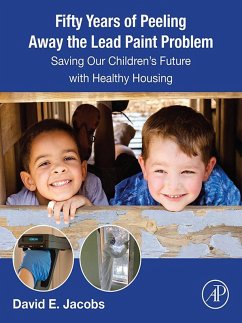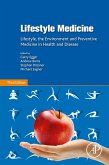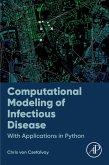Fifty Years of Peeling Away the Lead Paint Problem: Saving Our Children's Future with Healthy Housing documents the history of childhood lead poisoning from paint between 1970 and 2022. Tracing the failure of the medical model (treatment after exposure) that marked the 1970s and 1980s and its replacement with a prevention housing-focused effort, the book documents the changes in health, housing and environmental science and policy. It is the first book to examine how the lead poisoning law in the U.S. was passed in 1992 and later implemented, with implications for the future, in particular, the emergence of a healthy housing movement.
The book describes the roles played by Congress, various administrations, agencies, local governments, the private sector, researchers, and a popular citizen's movement, especially parents. The role of the courts is discussed, including a controversial lead paint case on research ethics in Baltimore through an environmental justice lens. This book is the first to examine another recent case in California, where ten local jurisdictions established a precedent by successfully suing the lead paint industry to help pay for abatement.
The book describes the roles played by Congress, various administrations, agencies, local governments, the private sector, researchers, and a popular citizen's movement, especially parents. The role of the courts is discussed, including a controversial lead paint case on research ethics in Baltimore through an environmental justice lens. This book is the first to examine another recent case in California, where ten local jurisdictions established a precedent by successfully suing the lead paint industry to help pay for abatement.
- Elucidates sources and pathways of lead paint exposure
- Details how the environment, housing and public health sectors can best collaborate with researchers and citizens to develop and implement change in housing and health
- Contains new stories and archived scientific data not available elsewhere
Dieser Download kann aus rechtlichen Gründen nur mit Rechnungsadresse in A, B, BG, CY, CZ, D, DK, EW, E, FIN, F, GR, HR, H, IRL, I, LT, L, LR, M, NL, PL, P, R, S, SLO, SK ausgeliefert werden.









